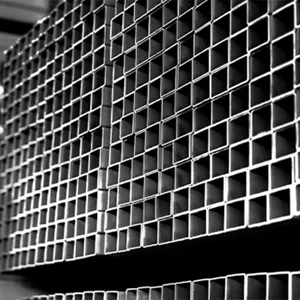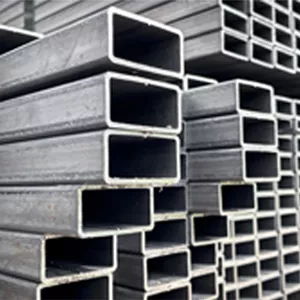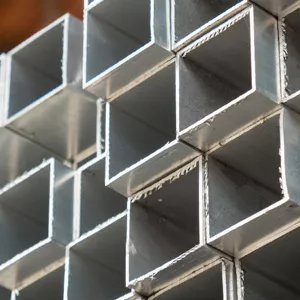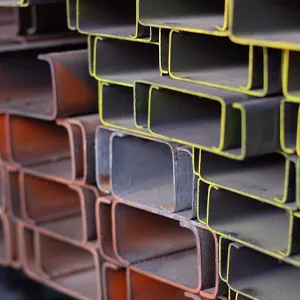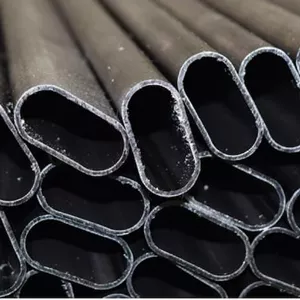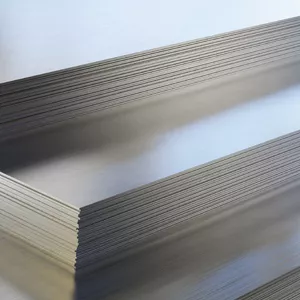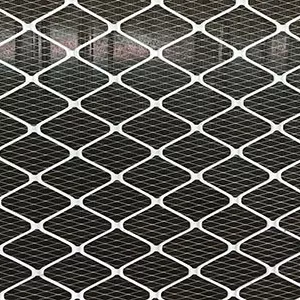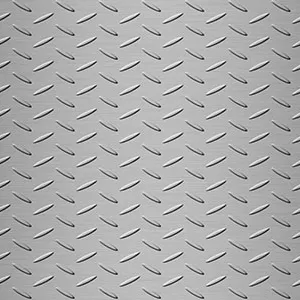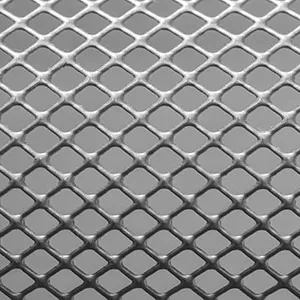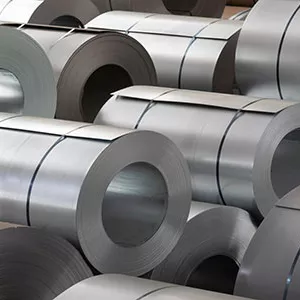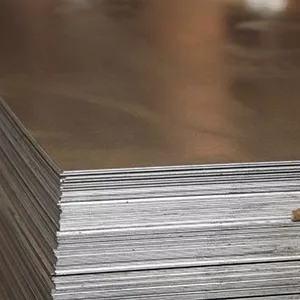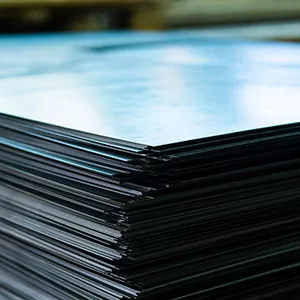
Galvanized coated pipes provide high resistance to corrosion due to their zinc-coated inner and outer surfaces. These products, preferred in many sectors such as construction, industry, agriculture, and infrastructure, stand out for their long life and reliability. However, when making decisions for your projects, galvanized pipe prices are one of the most critical determinants. At Deha Metal, we meet various needs by offering both quality and affordable prices to our customers. We aim to assist you in managing your operational processes smoothly by conducting the right cost analysis when selecting galvanized pipes. Our company adopts a transparent approach at every stage, from stock management to delivery, prioritizing your satisfaction.
Current Galvanized Pipe Prices
Current galvanized pipe prices are frequently updated based on variables such as the supply-demand balance in the global steel market, energy costs, and exchange rates. The quality of the steel used in the production process, the thickness of the zinc coating, and the pipe's wall thickness play a role in determining the prices. As the thickness of the zinc coating increases, the durability of the pipe increases, and consequently, the cost rises. Similarly, an upward trend in exchange rates can lead to higher prices by increasing the costs of raw material imports.
At Deha Metal, we closely monitor the global and local market to provide our customers with regular information about current galvanized pipe prices. When you share the technical specifications of the pipe you need with us, we provide the necessary consultancy to determine which thickness, diameter, and coating level are most suitable for your project. Thus, you can protect your budget by avoiding unnecessary costs.
Moreover, when bulk purchases are made for large-scale projects, unit costs can become more advantageous. This way, you can prevent potential surprise costs while making long-term budget planning, and ensure the uninterrupted progress of your project. Deha Metal aims to deliver the requested amount of product quickly and safely by efficiently managing stock.
How Are Galvanized Pipe Prices Calculated?
When calculating galvanized pipe prices, the basic steel weight of the pipe, the cost of galvanization, and current market conditions are taken into account. The general calculation formula applied by our company is as follows:
Price = Pipe Weight (kg) × Unit Price (TL/kg) + Galvanization Cost (TL)
- Pipe Weight (kg):
- Determined by the pipe's diameter, wall thickness, and length.
- Weight value (kg) is calculated considering the average density of steel (7.85 g/cm³).
- Unit Price (TL/kg):
- The market price of steel raw material, exchange rates, and energy costs directly affect this figure.
- Fluctuations in the supply-demand balance can raise or lower prices.
- Galvanization Cost (TL):
- As the coating thickness increases, the amount of zinc used increases, raising the cost.
- If additional protective processes beyond the standard coating level are desired, the price may increase.
Sample Calculation:
- Pipe Size: 3 meters long, 60 mm outer diameter, 3 mm wall thickness
- Pipe Weight: 12 kg (sample value)
- Unit Price: 25 TL/kg
- Galvanization Cost: 40 TL
In this case:
Price = (12 × 25) + 40 = 300 + 40 = 340 TL
This example is created to provide a general idea. More accurate cost analyses can be made by considering variables specific to your project needs such as unit price and coating thickness. Deha Metal's expert team provides you with the most accurate calculation, securing your project plans financially.
What Factors Affect Galvanized Pipe Prices?
- Raw Material Prices:
Steel is the primary material of galvanized pipes. The rise in steel prices worldwide directly affects galvanized pipe prices. An increase in demand for iron ore can raise steel production costs, thereby increasing pipe prices. - Exchange Rates:
When using imported steel or zinc, exchange rates become a significant variable. The rise in rates increases import costs, exerting upward pressure on galvanized pipe prices. - Galvanization Thickness:
Thick galvanization makes the pipe more resistant to rust and corrosion. However, there is a cost: as coating thickness increases, cost rises correspondingly. - Energy and Labor Costs:
The price of energy used in the production line, labor costs, and logistics expenses reflect on galvanized pipe prices. Sudden increases in energy costs may lead to an update in product prices. - Supply-Demand Balance:
During periods when construction and infrastructure projects accelerate, the demand for galvanized materials increases. When supply is limited, the increase in current galvanized pipe prices becomes inevitable. - Transportation Conditions and Storage:
The transportation and storage of pipes are among the cost items. Heavy and long parts can increase transportation expenses. Deha Metal tries to optimize these costs as much as possible by efficiently managing the logistics process.
As Deha Metal, we contribute to the sustainability of your projects by providing the most accurate and up-to-date information about galvanized pipe prices. Our expert team shares with you the necessary technical information and stands out with our success in affordable pricing policies and quality product supply. By offering safe, durable, and economical solutions in the long term, we continue to maintain our position among the leading companies in the industry.
If you are looking for durable, long-lasting, and budget-friendly solutions for your projects, you can choose the galvanized pipes that suit your needs from Deha Metal's wide product range. Our team, which acts quickly in both stock and delivery stages, ensures your orders reach your address in the shortest time. For more detailed information about galvanized pipe prices and our product range, you can contact us and request support from our expert team.

 TR
TR

